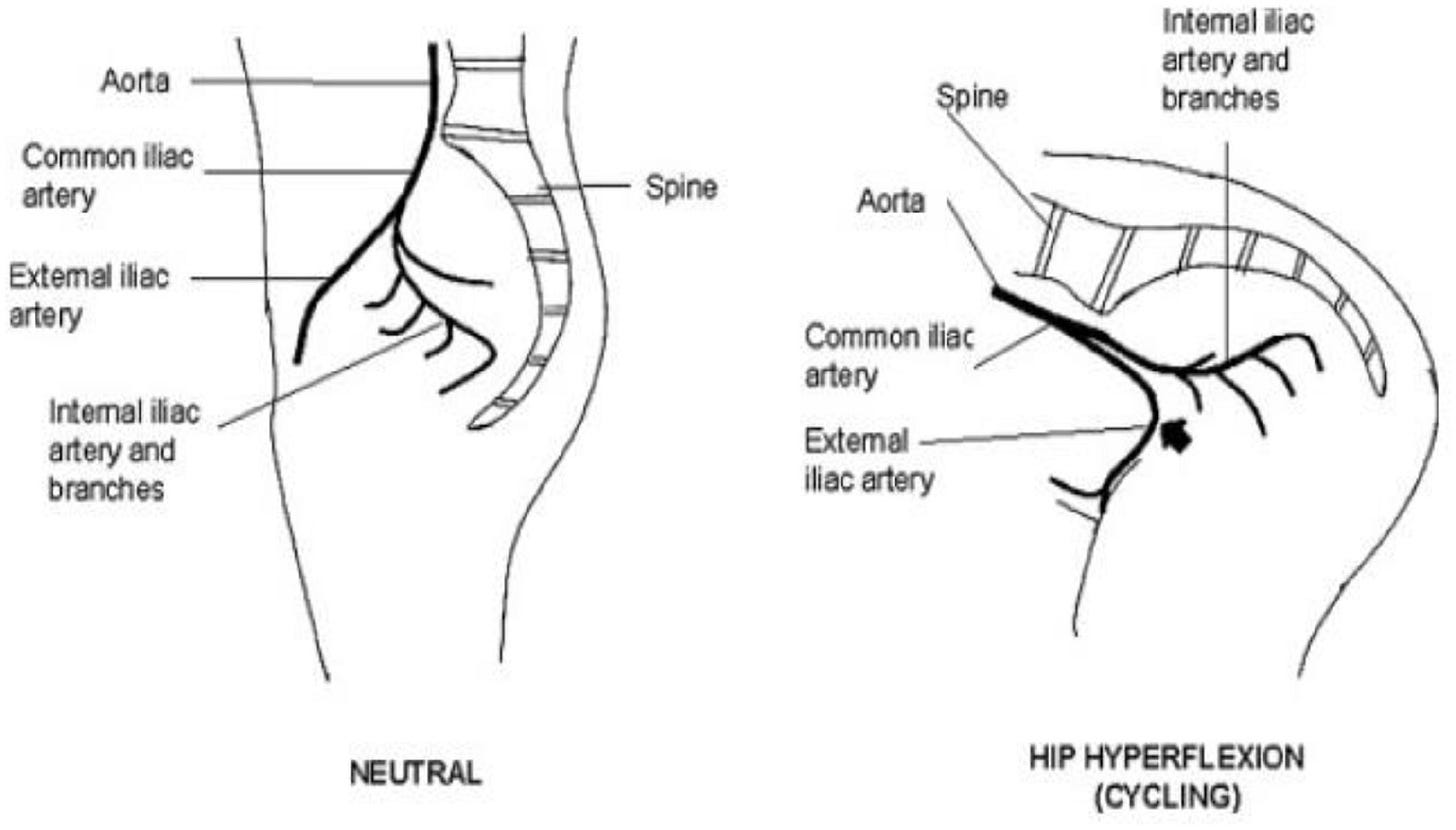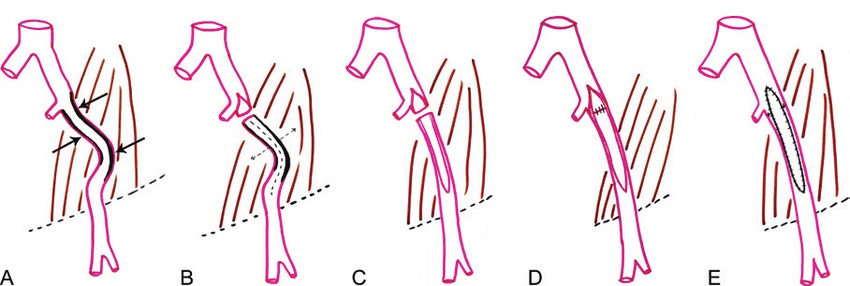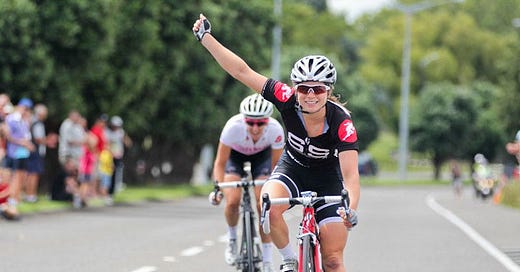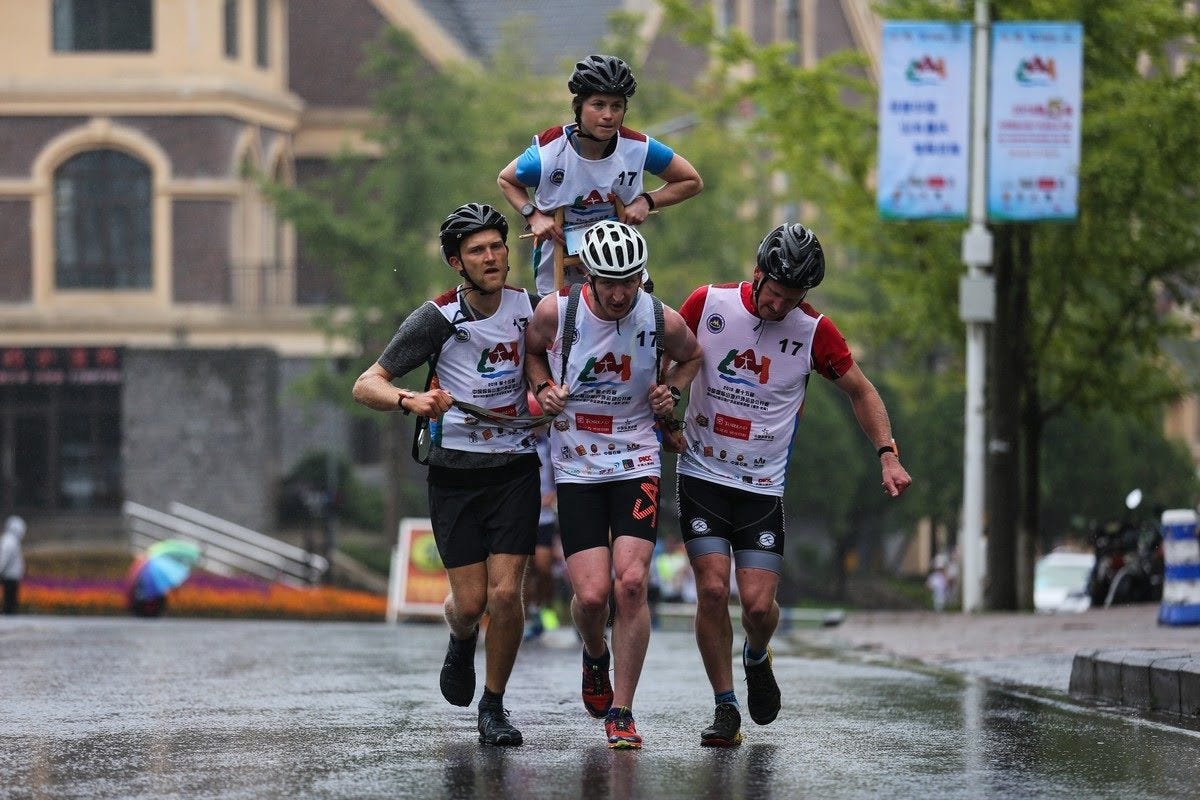From Athlete to Patient: My Journey with External Iliac Artery Endofibrosis
After a visit to a sports doctor and then a fourth physio, I was finally sent to a specialist to get my leg tested. An ultrasound and ABI test confirmed my suspicions.
Being a lifelong athlete, I’ve spent many hours biking, running and adventuring, often taking the ability to push my body to its limits for granted. However, over the last 2.5 years, my capacity to do this has been majorly reduced, with a right leg that has been sore, heavy and, at times, slightly numb during exercise.
It started off with a feeling of being twisted, like I was using my left leg more than my right. I was only about 9 months postpartum, so I put it down to the effects of pregnancy, carrying my son around a lot on one side, or maybe, sitting weirdly at my desk while working. One physio diagnosed me with weak glutes and I dutifully completed months of glute exercises with no improvement in my symptoms. About 6 months passed and I started getting a random tight cramp-like feeling in my leg while running. I could still run through it, so I took the approach of ignoring it, until finally, a few weeks after completing a 3-day adventure race, my leg completely cramped up while trying to compete in our local 5 km series, leaving me barely able to run. This led to visits to another two physios, neither of them being able to explain why it felt like my muscles were being intensely squeezed about 2 minutes into exercise of any intensity above an easy pace. In addition to this, I now had the strange new symptom of pins and needles in my foot while exercising.
Having a background of elite cycling, by this time, I had guessed that, like the growing list of other cyclists who I grew up racing with, I had developed a condition associated with the hours upon hours spent training on my road bike: external iliac artery endofibrosis—a thickening and narrowing of the artery at the point at which it bends when cycling, restricting blood flow to my leg during exercise.
After a visit to a sports doctor and then a fourth physio, I was finally sent to a specialist to get my leg tested. An ultrasound and ABI test confirmed my suspicions. While the blood flow to my leg was normal at rest, after exercising at a moderately hard intensity, the artery appeared narrow, blood flow was reduced and the blood pressure at my ankle was 40% lower than at my elbow. It was pretty scary to see how narrowed my artery was on the ultrasound, but after more than 2 years of confusion, I was so happy to finally have a definite explanation for why my leg wasn’t working like I wanted it to.

Unfortunately, the only treatment for this condition is surgery, so on Tuesday, I will be undergoing a vein patch repair of my artery. Basically, the surgeon will remove part of the saphenous vein in my lower leg and use it to make a patch to repair the damaged part of the artery. It is a pretty major operation, but I am hopeful that it will let me get back to the running and cycling that I love so much.

Although EIAE is supposedly a rare condition, in the cycling world, it seems to be getting diagnosed more and more often, and there is little knowledge about how exactly it is caused or why some cyclists are more susceptible to it. I think its important for endurance athletes to be aware of this condition as its one that is not well known by physios and can be a tough one to get diagnosed. If you start getting a numb, heavy or sore leg that starts within a few minutes of hard exercise, its definitely something to get checked out.
In the coming weeks, I’ll report back on my return to training to help provide a resource for others, hunting out what to expect post-surgery, much like the blogs of others have done for me in recent weeks.








